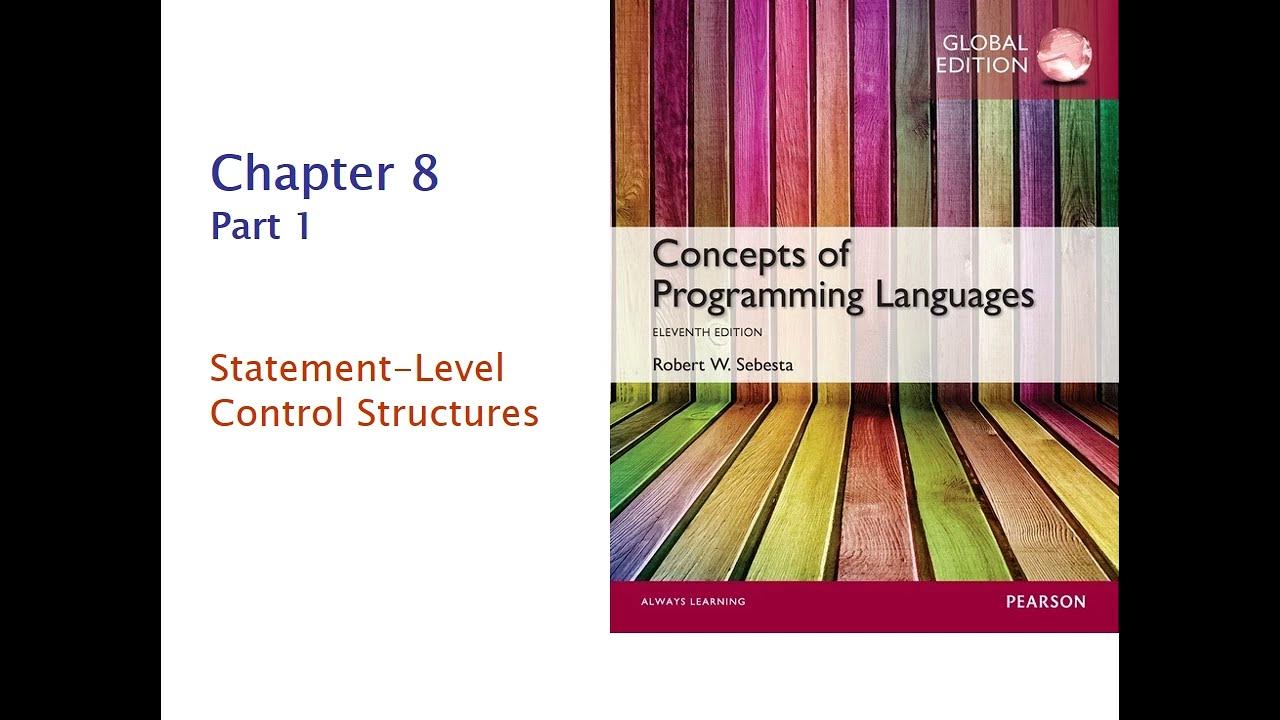Syntax-Based Testing
Summary
TLDRThis lecture delves into syntax-based testing, emphasizing the importance of understanding the syntax of software artifacts like source code design or specifications. It covers the basics of context-free grammar, regular expressions, and their applications in testing. The instructor introduces the concept of syntax, explains how to define coverage criteria based on graph depth logic, and discusses how to apply these concepts to software testing. The lecture also touches on the use of regular expressions in programming languages for syntax definition and the role of derivations in understanding language formation.
Takeaways
- 😀 The speaker welcomes the audience back for the eighth week of a series, reflecting on the progress made so far.
- 📈 They have covered foundational concepts of testing, including case design, and delved into historical terminologies used in software testing.
- 📊 The course has explored various coverage criteria such as statement coverage, path coverage, and their implications on testing effectiveness.
- 🔍 The importance of partitioning test cases based on input spaces and the concept of boundary value analysis was discussed.
- 💻 The lecture series is moving towards syntax-based testing, focusing on how software artifacts like source code are specified and designed.
- 🧠 The speaker introduces the concept of regular expressions and their syntax, explaining how they can be used to define a formal language for testing purposes.
- 📝 The course will focus on syntax testing for the remainder of the series, emphasizing the need to understand software syntax to effectively test software.
- 🔗 The speaker discusses the use of context-free grammars in defining the syntax of programming languages and how they can be used to generate test cases.
- 📚 The audience is encouraged to learn more about automata theory and formal language theory to deepen their understanding of syntax-based testing.
- 🔍 The lecture concludes with a brief introduction to the concept of coverage criteria in the context of syntax testing, setting the stage for future discussions.
Q & A
What is the main focus of the first week of the series discussed in the script?
-The main focus of the first week was to introduce the audience to the basic terminology of testing, case design, and to familiarize them with historical notations used in test design.
What does the acronym 'XML' stand for as mentioned in the script?
-The acronym 'XML' stands for Extensible Markup Language, which is a markup language that defines a set of rules for encoding documents in a format that is both human-readable and machine-readable.
What is the significance of syntax-based testing in the context of the script?
-Syntax-based testing is significant as it involves testing software artifacts based on their adherence to a defined input format, ensuring that the syntax is well-defined and correctly implemented.
What is the purpose of discussing regular expressions in the script?
-The purpose of discussing regular expressions is to explain how they can be used to define the syntax of a language and to show how they can be tested, which is important for syntax-based testing.
How are context-free grammars related to the discussion in the script?
-Context-free grammars are related to the discussion as they are used to define the syntax of programming languages and are essential for understanding how to test software programs syntactically.
What is the role of non-terminal symbols in the grammars discussed in the script?
-Non-terminal symbols in the grammars serve as placeholders that can be replaced with other symbols or strings of symbols according to the grammar's production rules, which are crucial for generating sentences in a language.
Why is the concept of derivation important in the context of the script?
-The concept of derivation is important because it explains how sentences are generated from non-terminal symbols using the production rules of a grammar, which is fundamental to understanding how syntax-based testing works.
What is the significance of the 'start symbol' in a grammar as discussed in the script?
-The 'start symbol' is significant because it is the initial non-terminal symbol from which the generation of sentences in the language begins according to the grammar's rules.
How are production rules in a grammar used for testing as mentioned in the script?
-Production rules in a grammar are used for testing by providing a mechanism to generate strings that are members of the language, which can then be used as test cases to validate the syntax of software artifacts.
What is the role of terminal symbols in the script's discussion on syntax-based testing?
-Terminal symbols play a role in syntax-based testing as they represent the actual characters or tokens that are used to form strings in the language, which are the concrete inputs used for testing the syntax of software.
How does the script connect the concept of syntax to software testing?
-The script connects the concept of syntax to software testing by explaining how a well-defined syntax can be used to create valid and invalid test cases to ensure that software programs can handle both correctly.
Outlines

This section is available to paid users only. Please upgrade to access this part.
Upgrade NowMindmap

This section is available to paid users only. Please upgrade to access this part.
Upgrade NowKeywords

This section is available to paid users only. Please upgrade to access this part.
Upgrade NowHighlights

This section is available to paid users only. Please upgrade to access this part.
Upgrade NowTranscripts

This section is available to paid users only. Please upgrade to access this part.
Upgrade Now5.0 / 5 (0 votes)





